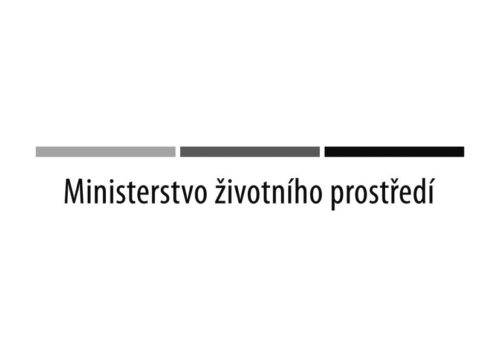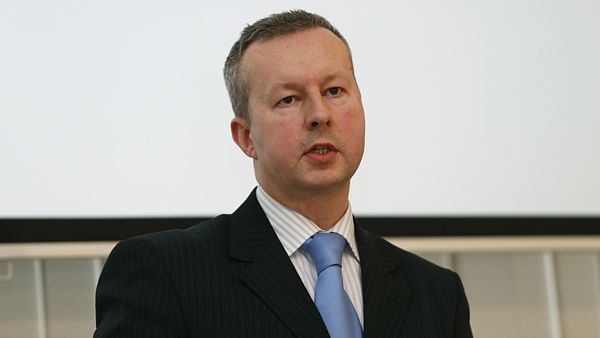Everywhere in the world the cities, and particularly the bigger ones, are the main centers of economic development
and a source of working opportunities, which is also a reason of their attractiveness. At the same time, however, the
growth of urbanization is an increasing cause of environmental burden in the cities and their surroundings, which
also results in deterioration of the quality of life of local residents.
Preliminary calculations assume that in 2050, the Earth will have about 10 billion people, 70 % of whom will live in cities, which will produce 80 % of the worldwideemissions and consume 75 % of energy.
In my opinion, to improve or at least to maintain today´s quality of life in cities, it is necessary to think about
functioning of the cities in a different way: to look at them as a complex with inseparably interconnected people,
technologies and nature.
I imagine the “organic city” as a compact and largely a self-sufficient system. On the grounds of applying the
principles of circulatory economy, people should not burden their surroundings with an excessive output of waste,
because its production should be prevented if possible, and the already produced waste, and not only in the cities,
should be reused or recycled in the highest possible degree. Likewise, people should focus on maximum energy
saving, they should not put undue strain on the environment by its excessive consumption. The new conception
should consist not only in using more energy from renewable sources and more energy efficient appliances, but also
in the so-called smart solutions. Recently, considering the current drought issue, these smart solutions undoubtedly
include a widely discussed water saving, namely its retention and reuse in the households. In the future, I expect
a vast application of smart solutions and systems for sewage water reuse, rainwater harvesting, green roofs or
facades, and the like. As regards the intelligent systems for water reusing, we should be inspired by such countries
as, e.g. Israel, able to reuse 85 %, or Tel Aviv, able to reuse even up to 100 % of water. The public greenery has an
irreplaceable role in the cities, being a place for drawing energy and relaxing, but also fulfilling its other functions,
such as water retention capacity or city microclimate improving.
These are the very functions that the architecture and urban planning should focus on in the elements of green
and blue infrastructure. Moreover, a high quality architecture (like nature) forms and cultivates the human personality
by arousing an interest in the environment.
I also see an “organic city“ to be an attractive place to live in, because it respects the common human needs,
thanks to public participation in decision-making. Then the city can better react to the needs of its inhabitants, thus
contributing to their satisfaction and togetherness in the place good not only for residing, but also for living.
The Ministry of Environment is applying this approach through the agenda of Smart Cities, by supporting
integrated solutions that permeate the power industry, transport, ICT and other areas of urban planning. In terms
of the scope of the Ministry, this approach includes mainly the measures in the field of energy efficiency, in the field
of transport supporting alternative fuels with reduced emissions, in the field of waste management, as well as the
measures for adopting to climate change impacts, particularly to droughts.
Therefore, the ambitions of the organizers of the Architecture Week festival to introduce the conception of
“smart” and “organic” cities to the public are very positive in my opinion, and I wish them all the success in this
regard.
Richard Brabec
Minister of the Environment
Ministerstvo životního prostředí / Ministry of the Environment of the Czech Republic 
Vršovická 1442/65
100 10 Praha 10
Česká republika / Czech Republic
Zdroj: redakce AW, Organic City 2016






 Čeština
Čeština